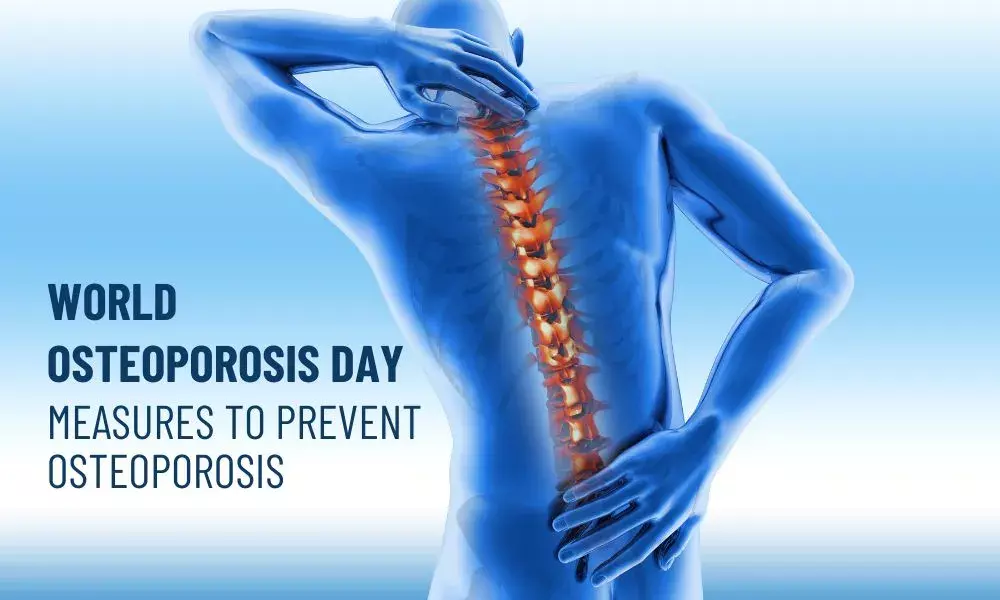India outperformed almost all of its former peers, including neighbors like Bangladesh, Pakistan, and Bhutan, in reducing its maternal mortality ratio (MMR) to less than a quarter of the levels it was at about two decades ago. According to a study of the data from 2007–2009 to 2018–20, the progress has been consistent.
New Delhi: India outperformed nearly all of its former peers, including neighbors like Bangladesh, Pakistan, and Bhutan, in reducing its maternal mortality ratio (MMR) to less than a quarter of the levels it reached about two decades ago. According to a study of the data from 2007–2009 to 2018–20, the progress has been consistent.
The maternal mortality ratio in India was 400 at the turn of the century. India’s MMR decreased from 212 in the sample survey in 2007–09 to 178 over three years in 2010–12 and from 212 to 130 in 2014–16. Maternal mortality decreased by 25% to 97 between the SRS surveys in 2014–16 and 2018–20, demonstrating a consistent trend of declining maternal mortality.
However, states like West Bengal, Haryana, Madhya Pradesh, and Punjab experienced a slower rate of decline than the rest of the country. Additionally, the MMR levels in various Indian states range widely from the least developed countries to the developed world.
At 97 in 2018–20, India’s MMR—the number of maternal deaths over a specified time per 100,000 live births—is on par with Nicaragua, a low-middle-income nation among the least developed in Central America. However, according to data from Unicef, the current MMR of 167 in a state like Uttar Pradesh is roughly comparable to that of war-torn Yemen in 2017. Odisha’s MMR is comparable to Namibia, while Assam’s is on par with Gabon. According to official data, Kerala, which has an MMR of 19, is at the same level as the US after achieving a decrease from 46 in 2014–16. Maharashtra plays Mexico, while Vietnam joins Telangana.
Less than half of the world’s MMR is in India. MMR worldwide in 2017 was 221. Improvements in India impact the global value of this parameter because India accounts for one-fifth of all annual childbirths worldwide. India is on track to meet the sustainable development goal (SDG) of 70 by 2030, thanks to steady improvement.
While only 40% of births occurred in a medical facility in 2005–2006, this proportion increased to 79% over the following ten years and then to 89% by 2019–21. This is one of the leading causes of the sharp decline. Additionally, later marriages and female education have played a role. In 2005–2006, over 47% of women in the 20–24 age range were married by the time they turned 18. In 2015–16, this dropped to 18%, and by 2019–21, the National Family Health Survey (NFHS) 2019–21 reported a further decrease to 15%. In 2005–2006, only about 55% of women were literate; by 2015–16, that number rose to 81%, and by 2019–21, it will reach 83%.
Despite the many accomplishments, Sri Lanka’s MMR of 36 and those of states like Kerala, Maharashtra, Telangana, and Andhra Pradesh demonstrate that other Indian states can also improve quickly. Less than two decades ago, Kerala, for instance, had an MMR of 195, roughly twice the current national level.





